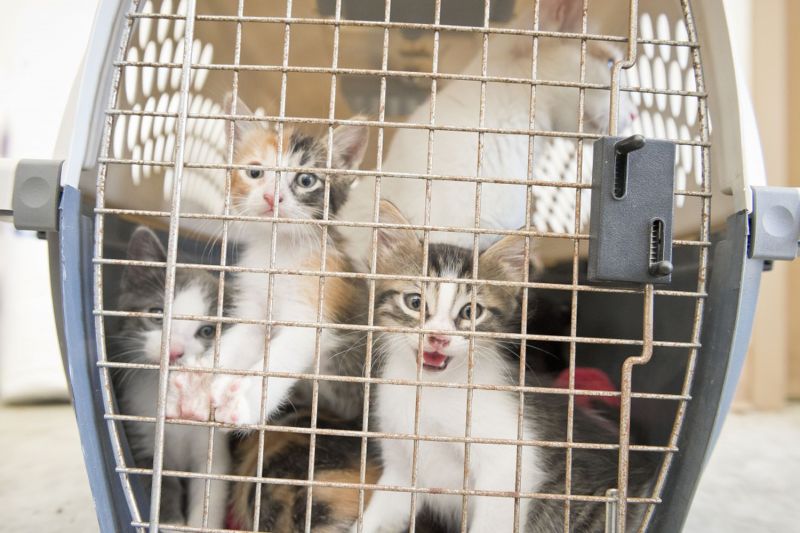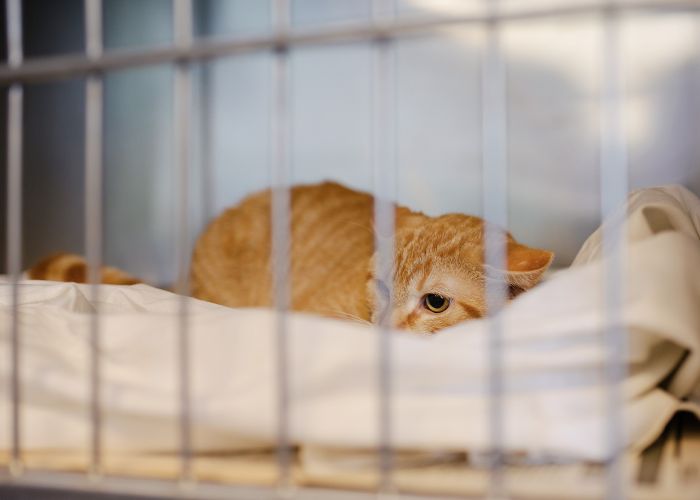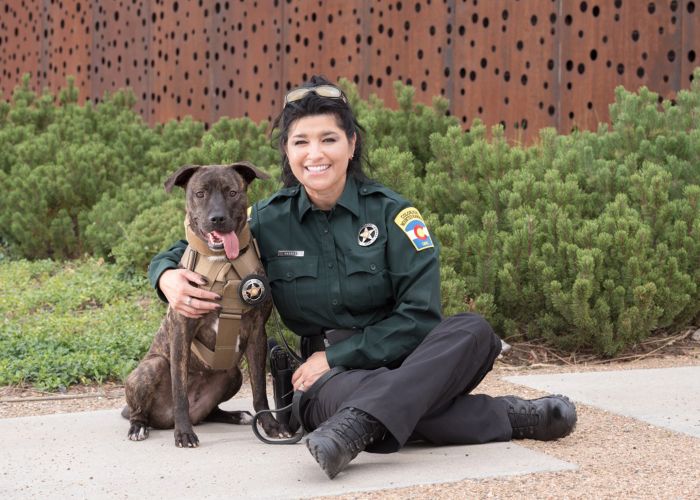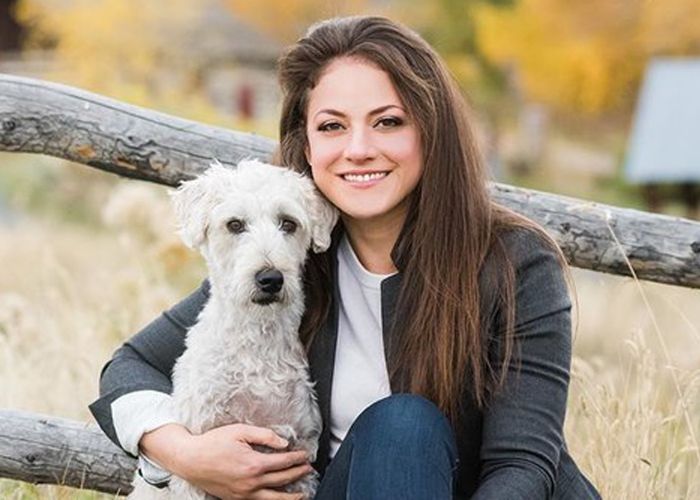Population control ... without the snip
Symposium to focus on nonsurgical contraception for cats and dogs

The quest continues for an affordable, widely available, nonsurgical alternative to traditional spay/neuter surgery for cats and dogs. Not surprisingly, advocates wish things would move a little faster.
“I have had to learn patience I don’t innately have,” says Joyce Briggs, president of the Alliance for Contraception in Cats & Dogs, a nonprofit founded in 2000 to advance nonsurgical fertility control to humanely reduce the number of unwanted litters. “… This is definitely a marathon, not a sprint.”
ACC&D supports traditional surgeries but recognizes that spay/neuter alone can’t control the tide of unwanted dog and cat births. For shelters and rescue groups, spay/neuter “takes a lot of their money, a lot of their time, and many of them know they aren’t reaching as many animals as they need to in their community,” Briggs explains. “Some shelters struggle to spay and neuter all the intact animals that come into their shelter and can’t even reach back out to the community to try to stem the flow of litters that enter.”
ACC&D will tackle the issue at its 6th International Symposium on Non-Surgical Contraceptive Methods of Pet Population Control from July 22-24 in Boston. The 2018 symposium will be ACC&D’s first in five years, and Briggs expects two and a half days of “really interesting sessions” featuring more than 40 speakers and attendees from at least 10 countries. The symposium typically draws about 200 people, and Briggs says the attendees are a unique mix of research scientists, animal welfare personnel working in the field to control overpopulation, and representatives of pharmaceutical companies looking to take research ideas to the marketplace.
“We’ve had a lot of lessons learned over the past five years, and there is a whole new dialogue to start about the kind of technology that could take us where we want to go,” Briggs says. There will be a particular emphasis on cats, with topics ranging from contraceptive vaccine studies to new research on an ear tattoo that glows and is delivered painlessly via a patch.
In 2008, Found Animals (a private foundation) launched the Michelson Prize & Grants in Reproductive Biology program, offering $50 million in research grants and a $25 million prize for the development of a single-dose, permanent, reasonably priced, nonsurgical sterilant for male and female dogs and cats. To date, the program has awarded about $15 million in grants, and a product meeting the criteria for the grand prize has not yet been developed.
The Michelson-funded research has helped clarify which technologies have promise for the animal care and control field, Briggs says. “There are several approaches that can suppress fertility for up to one year, and that may be enough for pet owners willing to come back to the vet on a yearly basis, but not suitable for a single-treatment, lifetime suppression likely needed for effective population control,” she explains. Gene transfer, which has the potential to suppress reproduction in cats and dogs for a lifetime with a single injection, is a promising technology that will be discussed at several ACC&D symposium sessions.
Briggs acknowledges that development of the kind of product ACC&D is seeking could be a decade away. Ten years “can seem like a long time,” she says, “ … but I anticipate being able to save lives to an extent we haven’t yet reached here in the States, in a way that is not as demanding of veterinarians or nonprofit finances.”







